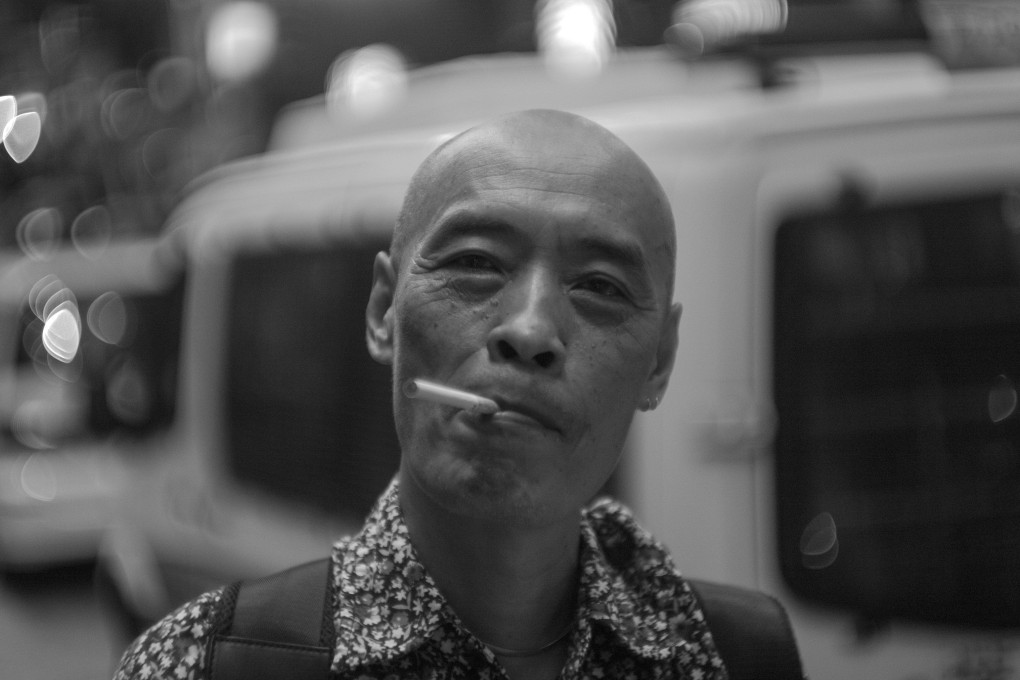Chinese artist Huang Xiaopeng – ‘Always a rebel and an independent thinker’
- The death of Huang Xiaopeng, who made a mark with his experimental work wherever he went, has left a gaping hole in the art community.

On October 6, 2020, Huang Xiaopeng died of a heart attack in a small, rented room in Berlin’s yet-to-be gentrified neighbourhood of Wedding. On the seventh day, as is Chinese tradition, friends of the 60-year-old artist returned to the room with offerings comprising a tray of fruit with incense sticks protruding from an orange, and a vase filled with white chrysanthemums, the flower of mourning.
The rest of the objects on Huang’s desk were as he had left them. Besides a German calendar showing the date of his death and a card with a fragment of 19th-century Japanese artist Hokusai’s Great Wave, was a Bible, in Chinese. Huang’s friends say that he was interested in theology, but never affiliated to any particular religion. Nonetheless, he left behind a handwritten note, a prayer to the gods in which he did not believe: “Don’t kill me. I’m in love.”
Conventions abound for the acknowledgement of artistic merit. A successful artist’s CV – often refined by a multinational gallery’s publicists – should list major art prizes, international exhibitions in reputation-burnishing venues, a presence in well-known museum collections. The astronomical prices realised in auctions are too vulgar for explicit mention, but they certainly help to make an artist “hot”. These are laurels, however, that elude those awkward individuals who never do anything “right”, like Huang.
And yet, the worldwide outpouring of grief among fellow artists, curators and former students gives a truer measure of his legacy. This was a man who had stumbled through life’s vicissitudes but never compromised his devotion to art.

It was Hou Hanru, the curator, who broke the news online.
“Last night, Xiaopeng unexpectedly ‘knocked on heaven’s door’, as the title of one of his works says, and left us without saying goodbye,” he wrote.
